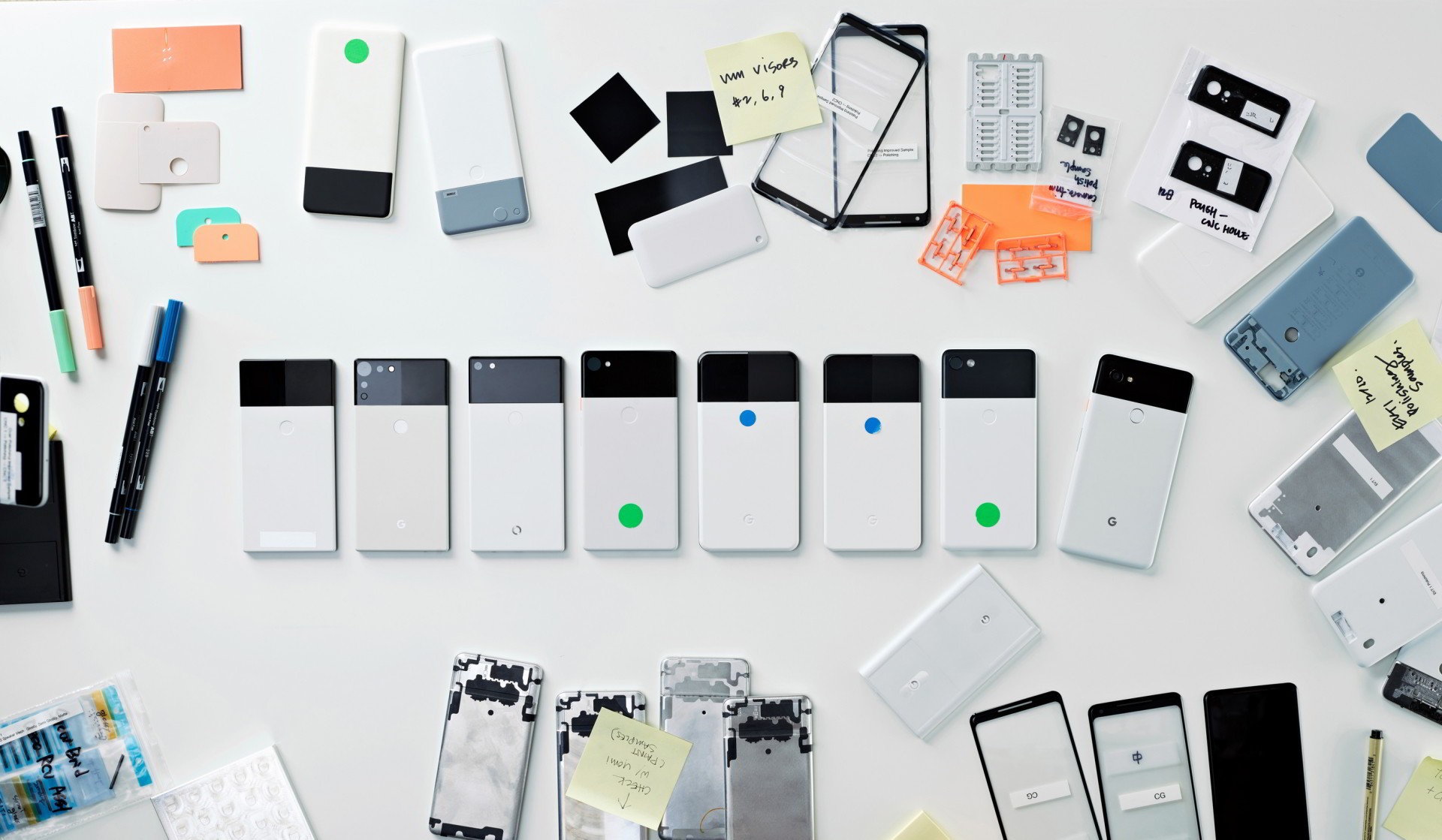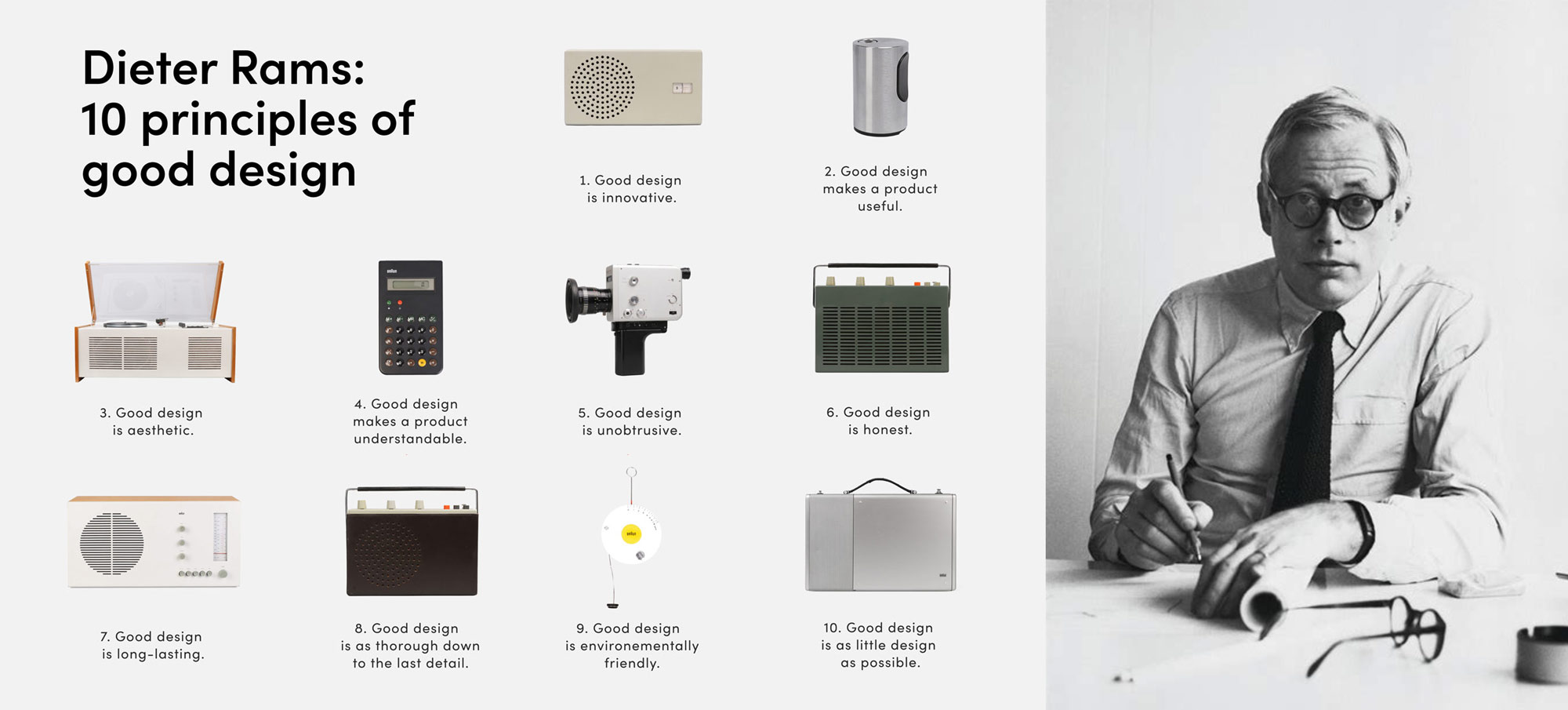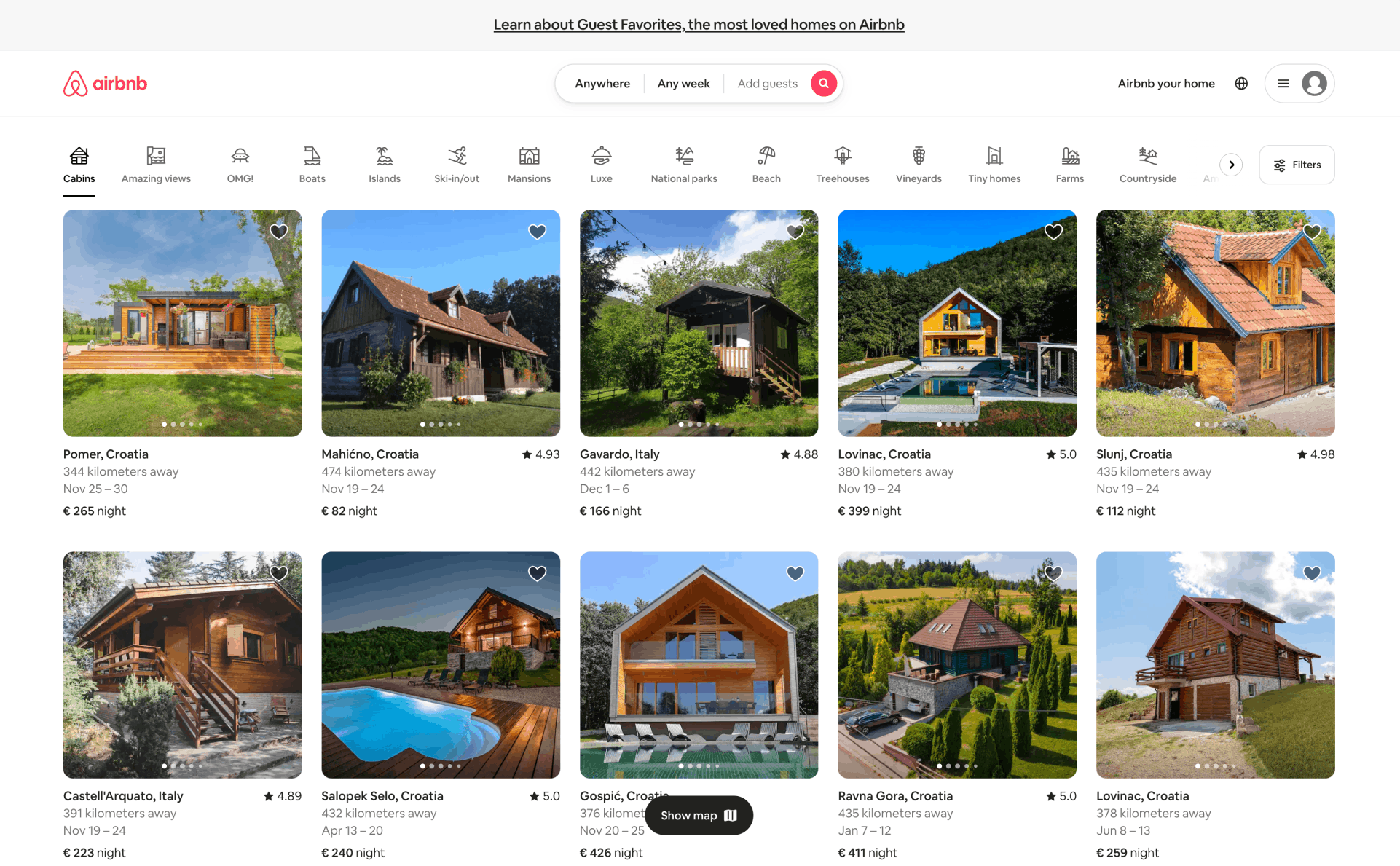Published
Nov 20, 2023
by
Andrea Fanelli
Great design starts with language
Words influence the initial problem framing, the definition of principles that will guide the design, the creative process and even the final result.

Last week I wrote about how we’re moving from apps to experiences. The role of designers will no longer be to design interfaces for a specific use case, but rather a holistic approach to experience, designing scenarios for user actions and intentions.
Who better to describe a scenario than a designer? In her article, Susan Stuart illustrates the similarities of the interaction designer's role with that of the writer.
“A core skill of the interaction designer is imagining users (characters), motivations, actions, reactions, obstacles, successes, and a complete set of ‘what if’ scenarios. These are the skills of a writer — all kinds of writers, but particularly fiction, screenwriting, and technical writing.”
Writing is just thinking
In school we are taught that if you write you have to be inclined and you have to write for the sake of it, so maybe one day you become a writer.
Actually, writing is another word for thinking.
“Whether you like it or not, you are a writer. Every day, your success at work is in part determined by how well you can communicate your thoughts through email, reports, instant message, and perhaps even blog posts, articles, or books.” - Amantha Imber, HBR
Writing for me also means refining the ideas that are stuck in my head. It helps me to think more clearly. Then sharing and spreading them with the world.
Writing is designing with words, and those words will eventually shape reality.

Writing to understand problems
A key part of the design process is understanding the problem. To fully understand and define a problem, even before finding a solution, you need to be able to describe it in words. It is a way to initially frame the problem and discard ideas that are out of reach.
Jony Ive, former Chief Design Officer at Apple, talks about writing as an essential tool to frame the thought process "Language is so powerful," he said. "If [I say] I'm going to design a chair, think how dangerous that is. Because you've just said chair, you've just said no to a thousand ideas.”
The biography of an idea
Jony also talks about the concept of writing "the biography of an idea." Since his college days, he has been obsessed with how we think and how to give shape to a thought. By writing down all the details of an idea (even the input from which he got it), he ensures that he will have similar ideas in the future, because the creative process is so unpredictable and there will be days when we run out of ideas.
When designing, writing should be first and form second.
He writes a lot because he realized that it is possible to describe an object only to a small extent by drawing it. To better convey the essence of a product, it is necessary to describe its attributes as well, and this is done by writing.

An idea is not a product
Ideas are born fragile and grow through conversations and feedback from other humans. After the conversation, if the idea has potential, there is the writing.
Probably the secret behind Apple's most iconic products (such as the iPod, iPhone, iPad, and perhaps even the Apple Watch) is that they have created a space for fragile ideas to grow. A space in which to conceive and promote these ideas, because they are all born fragile and that is their nature.
“An idea is not a mockup
A mockup is not a prototype
A prototype is not a program
A program is not a product
A product is not a business
And a business is not profits”
- source
The difference between an idea and a product is that in between you solved the problem. Execution is what defines how the problem can be solved and writing can be part of this process.

The power of principles
Writing down design principles is useful for designing products. Principles are values that act as a north star in the design process. They are a point of reference that drives actions and decisions of the product team.
Product principles are what defines the core DNA of a product. Just think about the iconic design principles of Dieter Rams that inspired thousands of creative minds.
Great design should start with words, not images.
Although it is useful to explore possible alternatives, it is necessary first to understand the problem. And today more than ever it is tempting to be tempted by the tools we use and start designing directly from there, without first defining the boundaries within which to design.
Designers should write, not code
There has always been a debate about whether designers should learn to code or not. Today there are more and more no-code or low-code tools that remedy this gap and enable product designers to be the next builders. Less is said, however, about the opportunity to write.
Writing affects not only the design process, but also the end result. Although interfaces in the future will not be text-based only, to date users still rely on copywriting to interact with apps and websites. Moreover, knowing how to write well is an advantage for communicating with machines during design, but also for showing your ideas to stakeholders.
Good writing is good design because, in the end, words make up a large part of the final user interface and are as important as the rest of the visual outputs.

Published
Nov 20, 2023
by
Andrea Fanelli
Great design starts with language
Words influence the initial problem framing, the definition of principles that will guide the design, the creative process and even the final result.

Last week I wrote about how we’re moving from apps to experiences. The role of designers will no longer be to design interfaces for a specific use case, but rather a holistic approach to experience, designing scenarios for user actions and intentions.
Who better to describe a scenario than a designer? In her article, Susan Stuart illustrates the similarities of the interaction designer's role with that of the writer.
“A core skill of the interaction designer is imagining users (characters), motivations, actions, reactions, obstacles, successes, and a complete set of ‘what if’ scenarios. These are the skills of a writer — all kinds of writers, but particularly fiction, screenwriting, and technical writing.”
Writing is just thinking
In school we are taught that if you write you have to be inclined and you have to write for the sake of it, so maybe one day you become a writer.
Actually, writing is another word for thinking.
“Whether you like it or not, you are a writer. Every day, your success at work is in part determined by how well you can communicate your thoughts through email, reports, instant message, and perhaps even blog posts, articles, or books.” - Amantha Imber, HBR
Writing for me also means refining the ideas that are stuck in my head. It helps me to think more clearly. Then sharing and spreading them with the world.
Writing is designing with words, and those words will eventually shape reality.

Writing to understand problems
A key part of the design process is understanding the problem. To fully understand and define a problem, even before finding a solution, you need to be able to describe it in words. It is a way to initially frame the problem and discard ideas that are out of reach.
Jony Ive, former Chief Design Officer at Apple, talks about writing as an essential tool to frame the thought process "Language is so powerful," he said. "If [I say] I'm going to design a chair, think how dangerous that is. Because you've just said chair, you've just said no to a thousand ideas.”
The biography of an idea
Jony also talks about the concept of writing "the biography of an idea." Since his college days, he has been obsessed with how we think and how to give shape to a thought. By writing down all the details of an idea (even the input from which he got it), he ensures that he will have similar ideas in the future, because the creative process is so unpredictable and there will be days when we run out of ideas.
When designing, writing should be first and form second.
He writes a lot because he realized that it is possible to describe an object only to a small extent by drawing it. To better convey the essence of a product, it is necessary to describe its attributes as well, and this is done by writing.

An idea is not a product
Ideas are born fragile and grow through conversations and feedback from other humans. After the conversation, if the idea has potential, there is the writing.
Probably the secret behind Apple's most iconic products (such as the iPod, iPhone, iPad, and perhaps even the Apple Watch) is that they have created a space for fragile ideas to grow. A space in which to conceive and promote these ideas, because they are all born fragile and that is their nature.
“An idea is not a mockup
A mockup is not a prototype
A prototype is not a program
A program is not a product
A product is not a business
And a business is not profits”
- source
The difference between an idea and a product is that in between you solved the problem. Execution is what defines how the problem can be solved and writing can be part of this process.

The power of principles
Writing down design principles is useful for designing products. Principles are values that act as a north star in the design process. They are a point of reference that drives actions and decisions of the product team.
Product principles are what defines the core DNA of a product. Just think about the iconic design principles of Dieter Rams that inspired thousands of creative minds.
Great design should start with words, not images.
Although it is useful to explore possible alternatives, it is necessary first to understand the problem. And today more than ever it is tempting to be tempted by the tools we use and start designing directly from there, without first defining the boundaries within which to design.
Designers should write, not code
There has always been a debate about whether designers should learn to code or not. Today there are more and more no-code or low-code tools that remedy this gap and enable product designers to be the next builders. Less is said, however, about the opportunity to write.
Writing affects not only the design process, but also the end result. Although interfaces in the future will not be text-based only, to date users still rely on copywriting to interact with apps and websites. Moreover, knowing how to write well is an advantage for communicating with machines during design, but also for showing your ideas to stakeholders.
Good writing is good design because, in the end, words make up a large part of the final user interface and are as important as the rest of the visual outputs.


